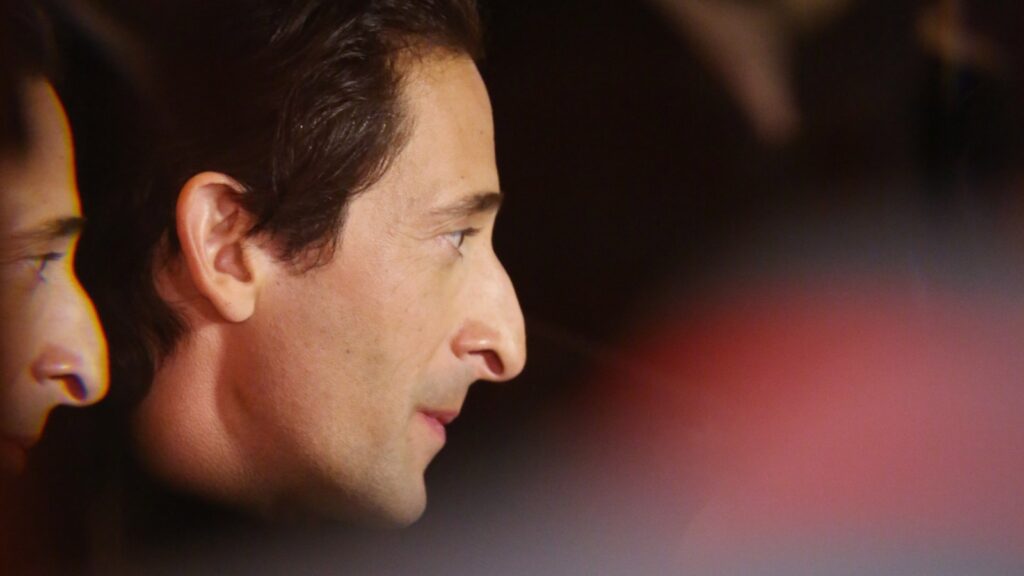The human face is a remarkable canvas of diversity, reflecting not only individual identity but also cultural and genetic heritage. Among its distinctive features, the aquiline nose, often referred to as the Roman nose, stands out for its prominent bridge, giving it a distinctive curved or slightly bent appearance. Derived from the Latin word “aquilinus,” meaning “eagle-like,” this term evokes imagery of the majestic beak of an eagle. Throughout history, the aquiline nose has captured attention, with various interpretations and associations attached to it. However, scientific inquiry reveals a more nuanced understanding of this facial characteristic, devoid of the stereotypes and misconceptions that have sometimes surrounded it.
Origins and Cultural Significance
The aquiline nose has a rich historical and cultural lineage, often associated with nobility, strength, and intelligence. In ancient Rome, the aquiline nos’e was revered, seen as a mark of distinction and authority. Emperors such as Augustus and Julius Caesar were depicted with prominent aquiline features, symbolizing their leadership and dominance. Similarly, in European art and literature, characters with aquiline noses were often portrayed as heroic or noble, reflecting prevailing ideals of beauty and power.
Misconceptions and Stereotypes
Despite its historical reverence, the aquiline nose has also been subject to misconceptions and stereotypes. Some have erroneously associated it with specific ethnic, racial, or geographic groups, perpetuating harmful stereotypes. For instance, in Western societies, the aquiline nose has sometimes been linked to individuals of European descent, reinforcing notions of racial superiority. Such associations not only lack scientific basis but also contribute to the marginalization and discrimination of certain groups.
Scientific Understanding
In contrast to popular beliefs, scientific studies have debunked the notion of a direct linkage between the aquiline nose and ethnicity, intelligence, or personality traits. Research in genetics and anthropology reveals that facial features, including nose shape, are influenced by a complex interplay of genetic, environmental, and developmental factors. While certain traits may be more prevalent in specific populations due to genetic drift or selective pressures, they do not determine an individual’s abilities or characteristics.
Phenotypical Diversity
Like many phenotypical expressions, such as eye color or earwax type, the aquiline nose exhibits significant variability across geographically diverse populations. It can be found among individuals of different ethnicities, races, and geographic origins, illustrating the inherent diversity of human facial morphology. From the steppes of Central Asia to the islands of the Pacific, the aquiline nose is a testament to the adaptability and resilience of the human species.
Evolutionary Perspectives
From an evolutionary standpoint, the aquiline nose may have conferred certain advantages in specific environments. Its prominent bridge and curved shape could have served functional purposes, such as enhancing airflow or providing protection against harsh climates. Moreover, the aesthetic appeal of the aquiline nose may have played a role in sexual selection, influencing mate choice and reproductive success. However, these hypotheses remain speculative, awaiting further empirical validation.
Cultural Interpretations
Beyond its biological significance, the aquiline nose continues to hold cultural and symbolic meaning in various societies. In some cultures, it is associated with wisdom, leadership, and dignity, while in others, it may carry different connotations. For instance, in Persian culture, the aquiline nose, known as the “Shah nose,” is considered a mark of beauty and refinement, celebrated in art and literature. Similarly, in certain Indigenous cultures, distinctive facial features are revered as symbols of ancestry and heritage, reflecting a deep connection to the land and community.
Conclusion
Aquiline nose represents a fascinating intersection of biology, culture, and history. While it has been revered and romanticized in some contexts, it has also been subject to stereotypes and misconceptions. Through scientific inquiry and cultural understanding, we can appreciate the complexity and diversity of human facial morphology, transcending simplistic categorizations and biases. The aquiline nose, like all aspects of human diversity, reminds us of the richness of our shared heritage and the beauty of our individual differences.







